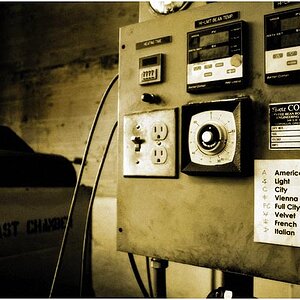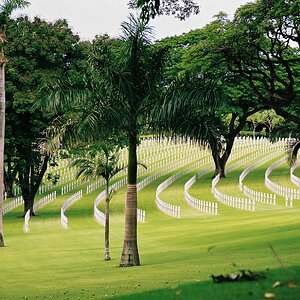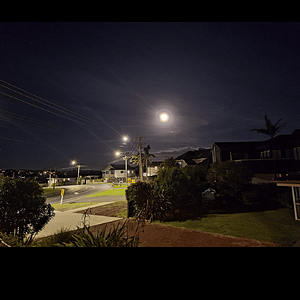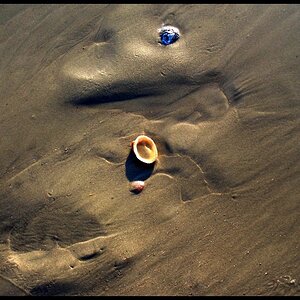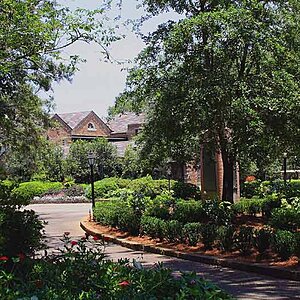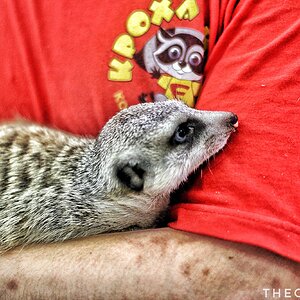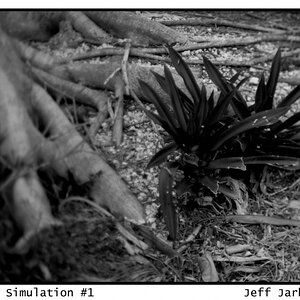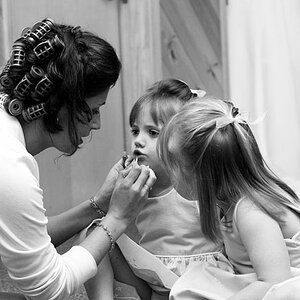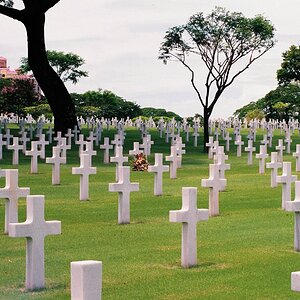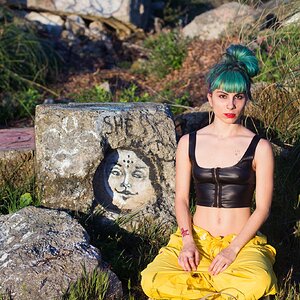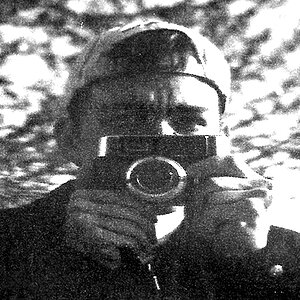Babs
TPF Noob!
- Joined
- Oct 1, 2010
- Messages
- 152
- Reaction score
- 0
- Location
- Kent, UK
- Can others edit my Photos
- Photos OK to edit
I was at a baby sensory room with my son and a friend today and took my camera as I suspected (correctly) I could get some good shots there. However, with the children moving all over the place and the continually changing lights, I just couldn't get the hang of shooting manual and had to resort to P mode instead.
What is the best way to approach such a setting (i.e. continually moving subjects and continually varying lighting) and shooting in M?
I suspect this is something which comes with experience and eventually you know instinctively what settings the camera should be on for the shot you want. In which case, it's probably way off my current level of knowledge and experience.
But for future visits, how best can I try and approach manual shooting in such an environment?
What is the best way to approach such a setting (i.e. continually moving subjects and continually varying lighting) and shooting in M?
I suspect this is something which comes with experience and eventually you know instinctively what settings the camera should be on for the shot you want. In which case, it's probably way off my current level of knowledge and experience.
But for future visits, how best can I try and approach manual shooting in such an environment?


